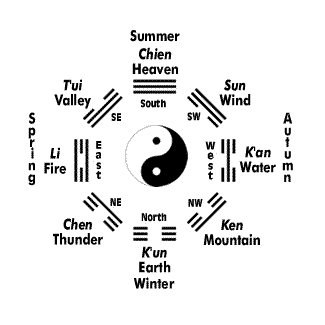Master Chang San-Feng’s
Treatise on T’ai Chi Ch’uan, Part 1A Taijiquan Classic by Zhang San-feng, circa 1200 CE:
“With every movement string all the parts together, keeping the entire body light and nimble. ”
- Stuart Olson
“In any action, the whole body should be light and agile, or
Ching and
Lin. One should feel that all of the body’s joints are connected with full linkage. ”
-Jou, Tsung Hwa
“Once in motion, every part of the body is light and agile and must bethreaded together. ”
- Yang, Jwing-Ming
“Whenever one moves, the entire body must be light and lively, and must above all be connected throughout. ”
- Barbara Davis
“Once you begin to move, the entire body must be light and limber. Each part of your body should be connected to every other part.”
- Liao, Waysun
“Move in an agile, balanced, and coordinated manner.
Once you decide to move,
The parts of the body should act together:
Feeling connected and coordinated,
As balanced as two feathers on a scale,
Strung together like pearls in a necklace,
Agile like a cat,
Lighter than moonbeams,
Mobile as a young monkey.”
- Michael Garofalo
-
Master Chang San-Feng’s Principles of T’ai Chi Ch’uan.“While making a stride, it is as quietly as a cat walks, and while putting forth strength the exertion is so mild, that it looks like reeling off raw silk from a cocoon. The movements, like clouds floating in the sky, are spry and light, but well-balanced and steady. Motion is even and fluid, the muscles neither stiff nor rigid. Breathing should be deep and even … the mind is tranquil but alert, with consciousness commanding thebody. In practicing T’ai Chi Chuan it is essential that movements be guided by consciousness and that there be stillness in movement - a unity of stillness and motion.”
- Official Chinese Instruction Manual for the “24 Movement Yang Short Form,”quoted by Howard Reid in his book
The Way of Harmony, p. 90.




